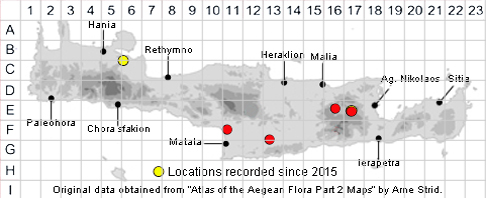
SPECIES DESCRIPTION
CUSCUTA CAMPESTRIS
Family:- CONVOLVULACEAE
Common Names:- Field dodder
Synonyms:- Grammica campestris.
Meaning:- Cuscuta (L) A name used by the botanist Rufinus for dodder, from
Arabic keckout.
Campestris (L) Of the pasture, from flat land, of the plains.
General description:- The species is a parasitic, lacking chlorophyll.
Stems:-
1) Moderately stout, yellowish.
Leaves:-
1) Reduced to minute scales.
Flowers:-
1) 2-3 mm, 5-merous; pedicels short; glomerules 10-12 mm in diam., compact,
globose.
2) Calyx campanulate, about as long as corolla-tube; lobes ovate or orbicular,
obtuse, slightly overlapping.
3) Corolla-lobes acute, triangular, patent (often with an inflexed apex), about as long
as the shortly campanulate tube.
4) Stamens exserted.
5) Scales long, densely fimbriate, exserted.
6) Styles slender, about as long as the globose ovary.
Fruit:-
1) Capsule 2-3 mm in diam., depressed-globose, pale, with the persistent corolla at
its base.
2) Seeds 1-1·2 mm.
Key features:-
1) Flowers 5-merous.
Habitat:- Arable and pastoral land. Parasitic mainly on cultivated species of
Trifolium and Medicago, but also on other herbs. 0-800 m.
Distribution:- Widely naturalized in S., C. & W. Europe (North America.)
Introduced to Europe about 1900, and spread mainly with agricultural seed; now a
weed in some regions.
Flowering time:- (May-) June-Oct.
Photos by:- Fotis Samaritakis
